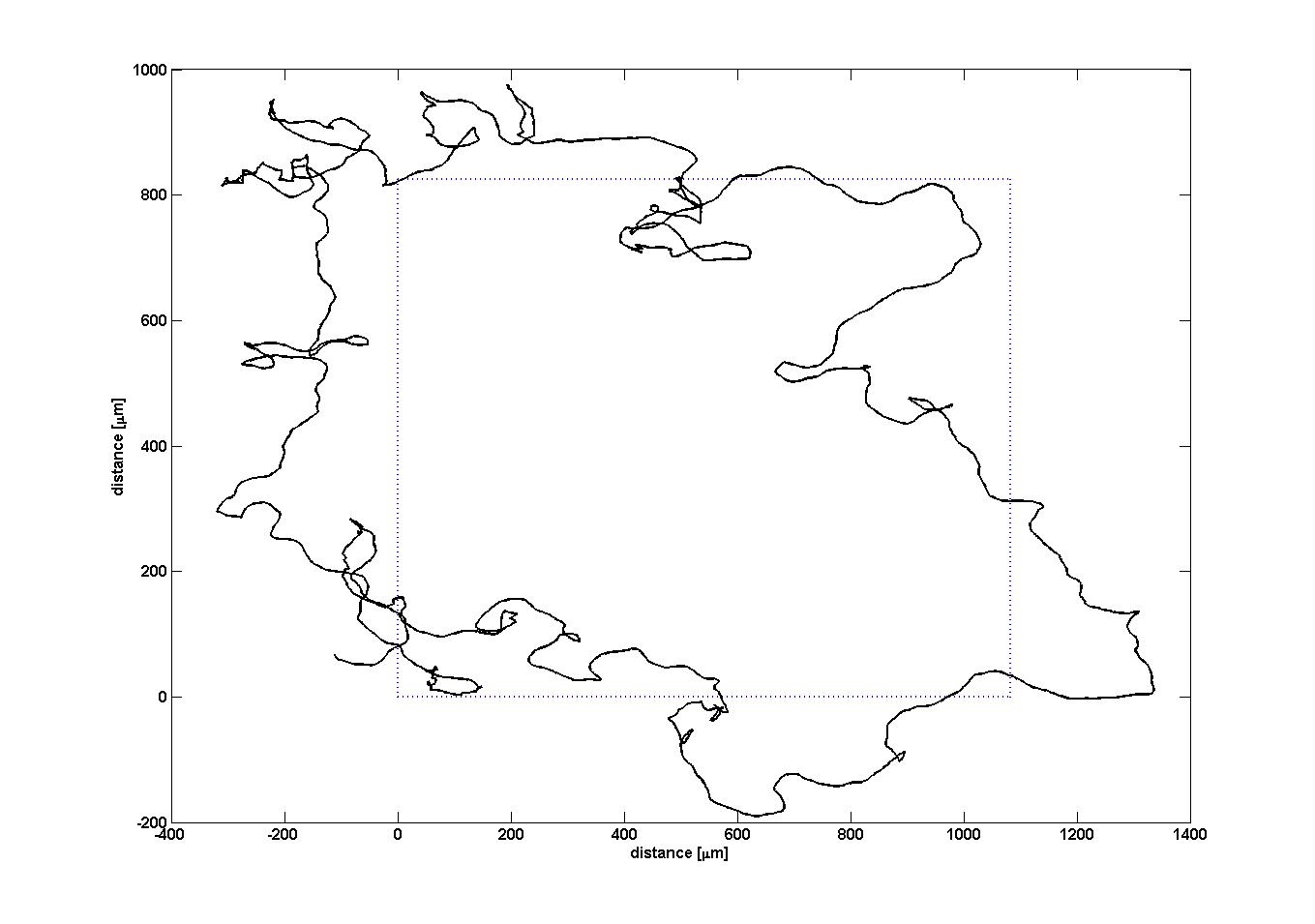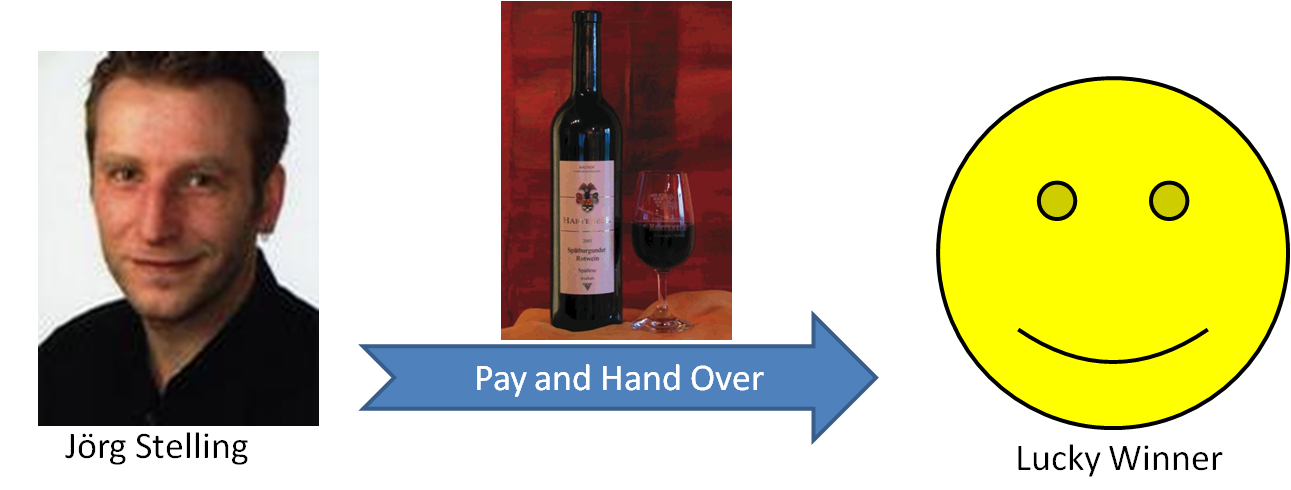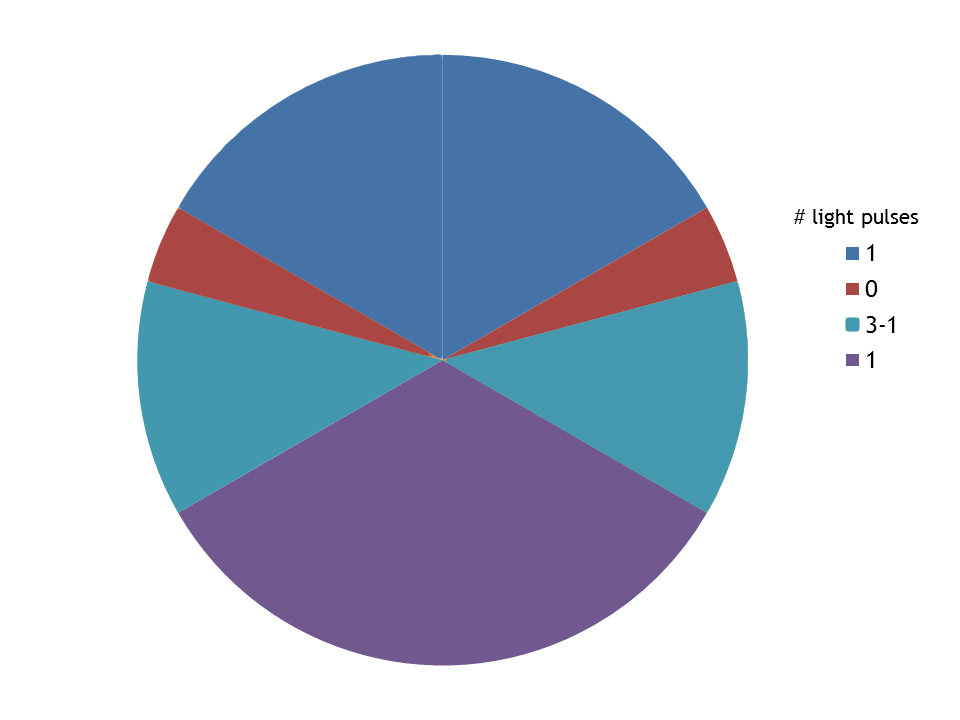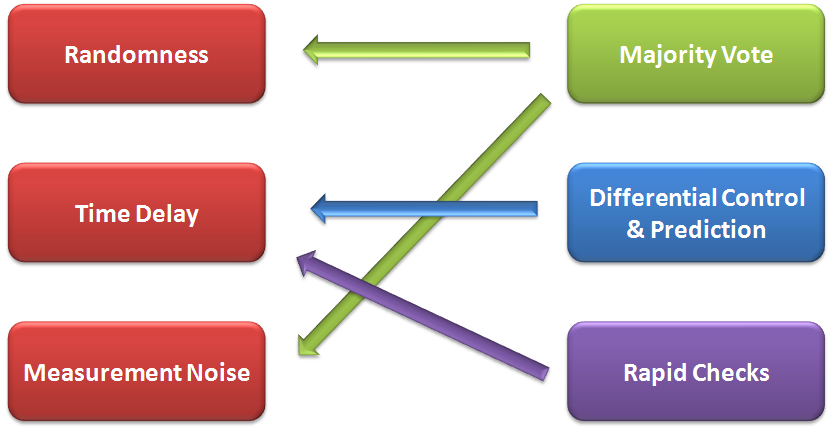Team:ETHZ Basel/InformationProcessing/Controller
From 2010.igem.org
(→Threshold Optimized Controller (Winner of the Control Design Competition)) |
(→Majority Vote Proportional - Second Derivative Threshold Controller) |
||
| Line 108: | Line 108: | ||
=== Majority Vote Proportional - Second Derivative Threshold Controller=== | === Majority Vote Proportional - Second Derivative Threshold Controller=== | ||
'''Cost function value of Γ=0.8379. Implemented by Thanuja Ambegoda.''' | '''Cost function value of Γ=0.8379. Implemented by Thanuja Ambegoda.''' | ||
| - | [[Image:ETHZ_controller_schema_mv. | + | [[Image:ETHZ_controller_schema_mv.png|thumb|400px|'''Majority Vote and Derivative based Controller.''' On the left, the challenges posed by the controlled model are posed. On the right, the tools implemented by the algorithm to overcome these obstacles are shown. The arrows indicate which tool handles which obstacle]] |
What the controller needs to do boils down to the following: | What the controller needs to do boils down to the following: | ||
Revision as of 18:40, 21 October 2010
Controller
Introduction
The controller has as inputs the direction the E. lemming is currently swimming and the reverence direction set by the user. The controller algorithm is responsible to induce red and far-red light pulses to minimize the average difference between the two directions. It is executed with the same frequency as images are made in the microscope.Although closed loop controller design is an over 60 years old scientific discipline, some of the properties of the network composed of the in-silico and in-vivo sub-parts, is making this task intractable for most theoretical controller design strategies:
- The chemotaxis network is highly nonlinear.
- Tumbling occurs stochastically.
- The angular change during tumbling is not predictable, neither the direction nor the absolute value.
- During straight swimming the angle is changing stochastically, too (although not as much as during tumbling).
- Microscope, cell detection and tracking, and the approximation of the current angle of the E. lemming sum up to a time delay of approximately one second.
- The approximated angle is highly noisy.
As far as we are aware of, no theoretical controller design algorithm exists that can tackle with all of this challenges. To nevertheless develop several implementations which afterward can be compared in terms of performance, we decided to start a controller design competition between the team members (see next paragraph). Since, due to time restrictions, the controllers had to be developed before the biological assembly of the E. lemming, all controllers were developed on the basis of the model of the E. lemming (one of the several reasons why this model was developed). In the following we first present the rules for the competition, which also include a measure for the performance of a controller, and afterward the different approaches developed by our team members together with their evaluation.
Controller Design Competition
The goal of the competition was to develop an implementation of a controller which performs best in forcing the E. lemming in swimming to a desired direction. Liberally, our instructor Jörg Stelling agreed, more or less voluntarily, to donate a bottle of highly expensive wine as a prize for the winner of the competition.
For the competition every participant had to force his or her E. lemming model to swim clockwise around a 1083×825μm large rectangle (approximately the size of 10 microscope images stringed together in each direction). Therefore, the reference direction send to the controller was set in the direction of the next corner of the rectangle. Always when the Euclidean distance between the virtual E. lemming and the active corner was falling below approximately 90μm (approximately the size of one microscope image), the next corner was activated.The current direction of the E. lemming obtained from the model was delayed for 0.9s and white noise was added to simulate the conditions mentioned above. The controller algorithm was called every 0.3s and could either activate or deactivate the red and the far-red light. All other details for the construction of the controllers were left open.
For the evaluation of the controllers we defined the cost function Γ as following:
with T the evaluation time, φis the direction of the E. lemming, φsh the reference direction. The value of the cost function is always ∈[0,2] and can be interpreted as following:
- If Γ=0, the E. lemming would always swim exactly in the reference direction.
- If Γ=2, the E. lemming would always swim exactly opposite to the reference direction.
- A controller which would set the red light and far-red light outputs independent of the current direction of the E. lemming will reach Γ≈1 for T>>1.
The controllers of all participant of the competition were run until the cost function Γ reached approximately a steady state. The participant with the lowest long-time value of his cost function obtained the prize from Jörg. The results are summarized in the following section.
Implemented Controllers
In the following we will list all controllers we implemented ordered increasing by the long-time value of the cost function they achieved. All controllers are nevertheless available in the Lemming Toolbox.
Threshold Optimized Controller (Winner of the Control Design Competition)
Cost function value of Γ=0.7703. Implemented by Simona Constantinescu.
The particular features of our system under study made it very difficult to theoretically address all the challenges of nonlinearity, delay and noise. A basic probability principle says that you can only asymptotically fight randomness with a deterministic strategy. In our case, each sample size was 1, as we had to decide, at every time point, what boolean values Red Light and Far Red Light should take. Therefore, randomness could only be fought against by a very simple deterministic strategy.
Since Gaussian white noise was being added to the received real angle at every timepoint of the simulation, in the boundary cases, the angle value initially in the interval [0,2pi] could have become smaller than 0 or bigger than 2pi. Therefore, before the actual decision algorithm, I applied this correction for the boundary values, bringing the negative values back to 0 and the ones larger than 2pi back to 2pi.
I carefully selected upper and lower bounds on the error |phi_is - phi_sh| mod 2pi and also, with 1 rad being the lower bound and 5 rads being the upper bound. At every timepoint of the simulation, the error was being calculated and compared to the defined bounds. If the error was inside the bounds, the direction was being kept, therefore Red Light was on and Far Red Light was off. Otherwise, the previous conditions were negated.
I used this simple, but carefully tuned and optimized controller, as a classifier. Whichever other idea of implemented controller I had (such as noise filtering, delay fighting, even hijacking of the cost function) was compared with the benchmark simple controller. Therefore, the space was divided into controller which performed better than the simple controller and controller which performed worse (in terms of the objective cost function). As it finally turned out, my classifier was a very extreme one, since no other controller I designed was able to overcome its performance.
Hysteresis based Sliding Mode Controller
Cost function value of Γ=0.7727. Implemented by Moritz Lang.

|φis-φsh|mod 2π<π/2. However, this decrease can be small for larger differences in this set and especially near the destination a direction of the E. lemming only narrowly fulfilling this condition will soon get invalid due to the movement of the E. lemming nearly tangential to the reference direction. Furthermore, due to the slight changes in direction during swimming and the measurement error when determining the direction of the E. lemming, it can happen that, when the angle between the reference direction and the actual direction is near to π, the direction of the E. lemming "enters" and "leaves" this set very rapidly. A simple algorithm like "red light when the difference of the directions is smaller than π, otherwise far-red light" could then lead to rapid switching between the diodes, an effect not desirable in an experimental setup.
I thus decided to define two sets, Son={φis∈[0,2π):|φis-φsh|mod 2π<π/2} and Soff={φis∈[0,2π):|φis-φsh|mod 2π<π/3}. Furthermore the controller has two states, ζon and ζoff, and the state of the controller is maintained between evaluations of the controller algorithm.
When the controller is in state ζoff, it tests whether φis is in Soff or not. If the condition is fulfilled, a 2.4s (≈4 evaluations) red light pulse is send and the state is set to Son.
When the controller is in state ζon, it tests whether φis is in Son or not. If the condition is not fulfilled, a 2.1s (≈3 evaluations) far-red light pulse is send and the state is set to Soff.
Our evaluations showed that this controller forces the E. lemming successful around the rectangle (see Figure on the right), while minimizing both light pulses.
Noise Refusing Subspace of Trust Controller
Cost function value of Γ=0.8089. Implemented by Christoph Hold.
The controller is a graduated response to the derivation of angles φder=|φset - φis| that takes advantage of an additional input signal. As there is two input binary signals this gives 4 possible input combinations:
| Input | Output | |
| red light | far red light | bias |
| 0 | 0 | as before |
| 1 | 0 | high |
| 0 | 1 | low |
| 1 | 1 | medium |
Additionally it is coupled with a noise suppression.
1. If the derivation of angle φder< αnarrow is small then by red light emission the bias is shifted as high as possible in order to keep the bacterium on the right track.
2. If the derivation of angle φder< αwide is acceptable, a compromise between going further that direction and tumbling is achieved by the usage of both red and far red light.
3. If the derivation of angle φder> αwide tumbling is initiated by far red light.
The angles of rules 1 and 2 are so chosen that the mean change in angle through tumbling will result in the optimal direction. A further element of the controller tries to distinguish between angle derivation due to the noisy angle signal and real tumbles and applies the last decision of rules 1 and 2 in order to prevent a wrong way induced by error.
Four Zones of Preference Controller
Cost function value of Γ=0.8196. Implemented by George Rosenberger.
A core problem of the very simple "red light when the difference of the directions is smaller than π, otherwise far-red light" algorithm is, that the edge between red and far-red light is very sharp. Therefore, the controller often changes between these two states and because of the time delay of the microscope and image processing, prediction of best light pulse tends to be inaccurate at this threshold.
The core concept of this controller is to extend the very basic algorithm in a way, that the edge between red and far-red light is avoided, e.g. it should be leaped. This is achieved by creating a dark area of 2 * 15° between red and far-red thresholds, in which no light pulse is being sent at all. Next to the far-red light zone, the repeating times are increased in an order to possibly leap the dark area and go to a different angle, better (or worse) than the dark area.
Majority Vote Proportional - Second Derivative Threshold Controller
Cost function value of Γ=0.8379. Implemented by Thanuja Ambegoda.
What the controller needs to do boils down to the following: When the cell is going in the wrong direction, make it tumble until each heads towards the right direction. When it is heading towards the right direction, try to keep it in the swimming mode. But, the task is slightly complicated by the presence of the following 'obstacles':
- Randomness of the motion – the direction changes slightly (randomly) when swimming and it changes rapidly with larger angles when tumbling.
- Noise in measurement: the error we measure is not the exact error
- Time delay of measurement – the measurement of error is not the current error. It's around 1 second before now.
In the absence of the above three, the controller would have been trivial. This particular controller tries to minimize the effects of these by deploying an algorithm that incorporates the following features:
- Majority voting based on historical error - This is a way of fighting noise. When deciding if error correction needs to be deployed (force tumbling), the controller not only looks at the current error. But also, it tries to deduce if there is a real error by looking at the reported error of a few previous samples. Majority voting is also used with differential error prediction (described later) at different levels of control inside the algorithm.
- Rapid Checks - A slight variation to the above majority voting, used to detect larger errors, quickly. A slightly higher margin of error is allowed with a lower number of previous samples, when there is a need to detect a larger error quickly. A similar setting can be used with a lower threshold to detect quick returns to the correct direction
- Error prediction based on differential control - This is used to minimize the effects of the time delay of measurements. Differential error is considered in conjunction with the reported error evaluated using the majority voting scheme.
 "
"






